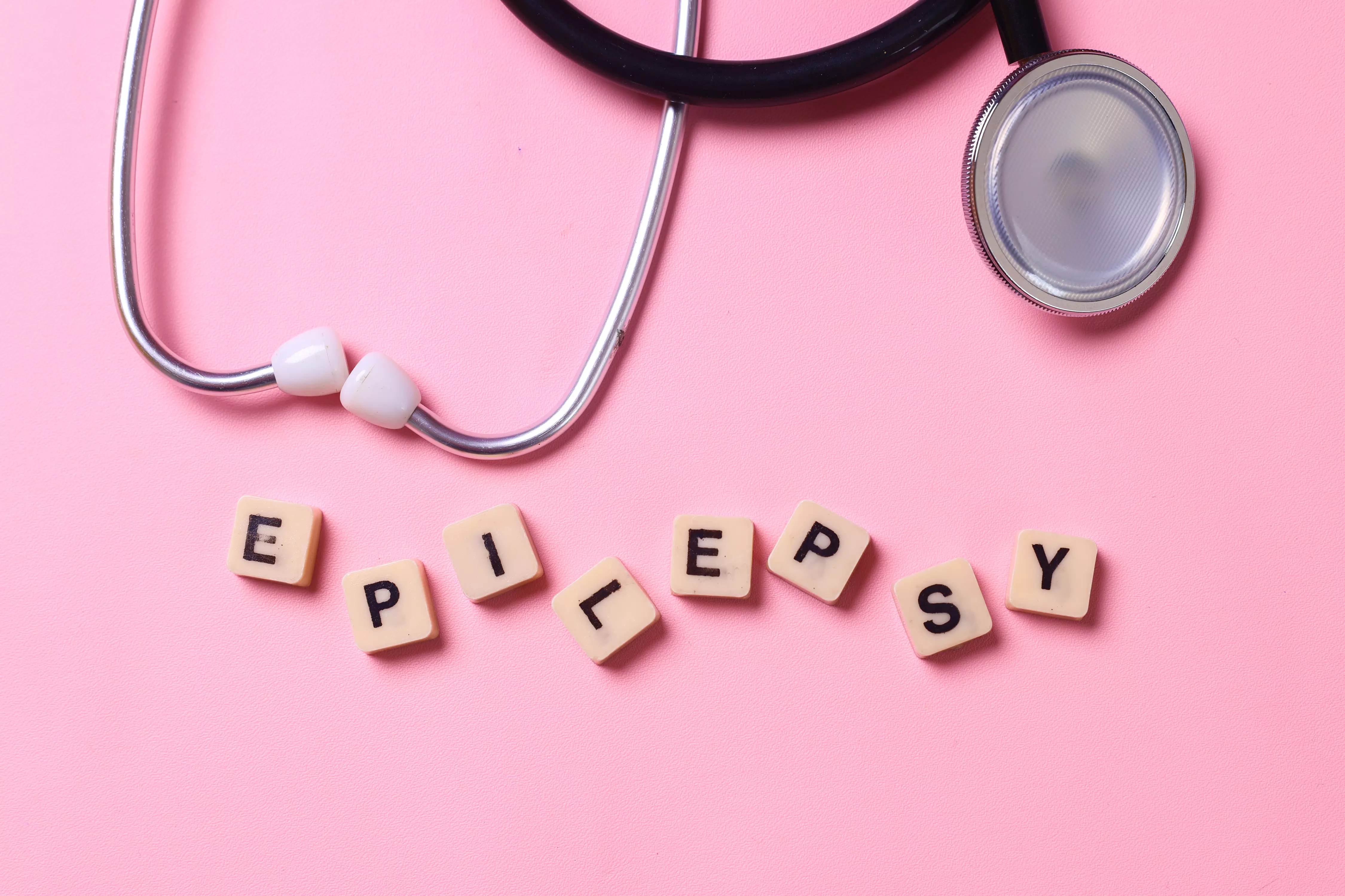Epilepsy in children how to recognize and treat it
Epilepsy in children how to recognize and treat it
Epilepsy is one of the most common neurological disorders in children. It is estimated to affect about 1-2% of the pediatric population worldwide. Many parents worry when they observe their child's first epileptic seizure. Does this mean that their child has epilepsy? How to recognize the symptoms of this disease and how to treat it effectively? The following is the most important information on the subject.
What is epilepsy?
Epilepsy, also known as epilepsy, is a chronic condition characterized by recurrent epileptic seizures. These seizures result from a transient disturbance in the electrical activity of the brain. Epilepsy can have a variety of causes, including genetic predisposition, brain injury, defective brain development or other neurological diseases.
Symptoms of epilepsy in children
The most important symptom of epilepsy in children is epileptic seizures. There are many different types of seizures, however, the most common in children are convulsive seizures. During such a seizure, violent twitching of the body, loss of consciousness, respiratory distress and loss of control of urinary or fecal incontinence are observed.
Parents should also be aware of other symptoms of epilepsy that may occur between seizures. These include restlessness, loss of concentration, learning difficulties, falls, unphysiological body movements and sudden mood changes. If you notice such symptoms in your child, it is necessary to consult a doctor for further diagnosis.
Diagnosis of epilepsy
Diagnosis of epilepsy in a child requires a meticulous clinical and neurological examination. The first step is a thorough interview with the parents, during which the doctor learns about the family history of epilepsy and the observed symptoms in the child. This is followed by a neurological examination, which evaluates brain and nervous system function.
To confirm the diagnosis, the doctor may also order additional tests, such as an EEG (electroencephalography) to record the brain's electrical activity, imaging tests (CT scan, MRI) or blood tests. All these tests will allow the doctor to determine the cause of epilepsy and choose the appropriate treatment.
Treatment of epilepsy
Treatment of epilepsy in children is individualized and depends on the type and severity of epileptic seizures and the cause of the epilepsy. The most common form of treatment is antiepileptic drugs, which reduce the risk of further seizures. Some children require concurrent psychological or physiotherapy therapy to improve their quality of life.
In some cases, when drug treatment is ineffective or there are serious side effects, the doctor may recommend surgical treatment. This involves removing or isolating the area of the brain responsible for causing epileptic seizures. Such treatments require in-depth evaluation by specialists and are reserved for a small number of cases.
Summary
Epilepsy in children is a disease that must be properly diagnosed and effectively treated. Early and correct diagnosis and implementation of appropriate treatment can significantly improve a child's quality of life and his chances of reaching his full potential. If you observe symptoms of epilepsy in your child, do not delay and go to a specialist. Only he is able to make a diagnosis and choose the right therapy for your child.
